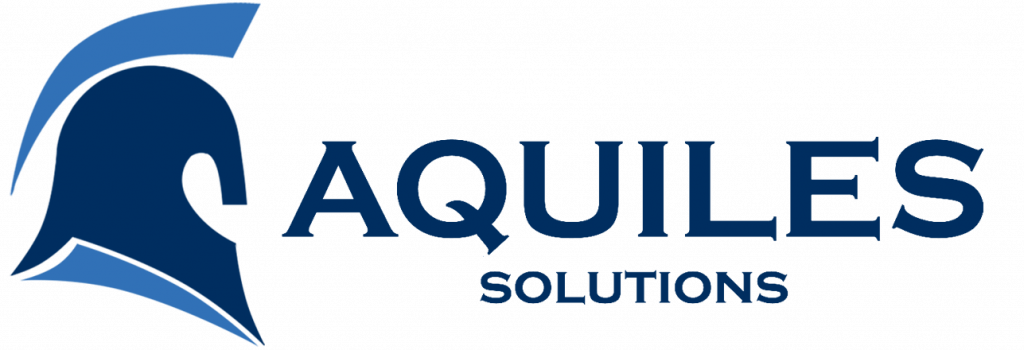In the business world, customer service is one of the main differentiators between companies that offer the same product, because when people feel well cared for and comfortable, they will always return to the same place.
That’s why it’s important to ensure efficient customer service and at Aquiles Solutions we can provide digital business tools to help improve processes, so customers have their products on time. Here an example of a project we did for a production company.
ATP application
The ATP (Available to Promise) application is the tool responsible for performing the calculations of the delivery dates, taking into account the products available in the stock and the future plans of production.
How the ATP tool works
The ATP component of the application was accessed through an RFC Service, so the company’s system had direct communication with the tool.
For the operation of the application, the following data were taken into account:
- Availability of the products in stock and the characteristics thereof.
- The company’s production plan.
- The production orders.
- Maximum and minimum load of the delivery truck.
- Pre-delivery list.
- Schedule of defined deliveries.
Results
The ATP application developed and generated a delivery plan, from the time of placing an order, to the delivery of the products, planning the delivery dates and verifying the availability of the products.
MPS application
The MPS (Master Production Schedule) tool was developed for the creation of an optimal production plan, with information on the demands of them.
How the MPS application works
For the operation of the tool, production groups were taken into account, which were composed of families and had an annual production frequency.
When it came to the production of a group, the families that made up it were produced, according to the needs.
Results
This custom software was developed through a visual interface, where users viewed all the relevant data that the system managed. The results were as follows:
- Summary of forecasts.
- Production plan: graph and table.
- Evolution of stock according to the family.
- Visualization of market-segmented production.
- Production program broken down by product.
- Boarding management.
- Portfolio management.
- Monitoring capabilities and performances.
- View changes.


